Never Too Young to Make an Impact
09 Jun 2014
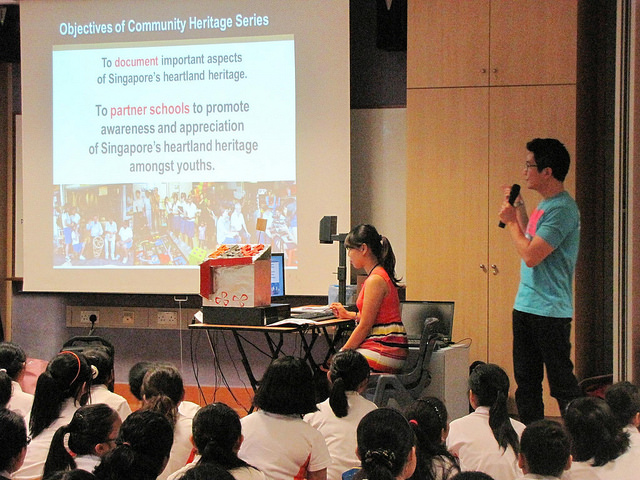
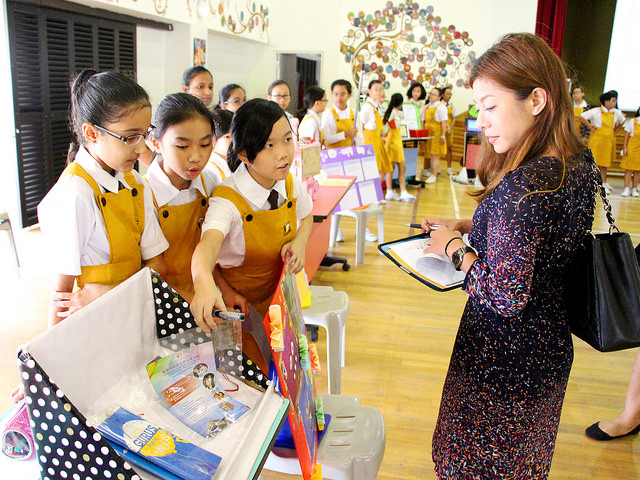
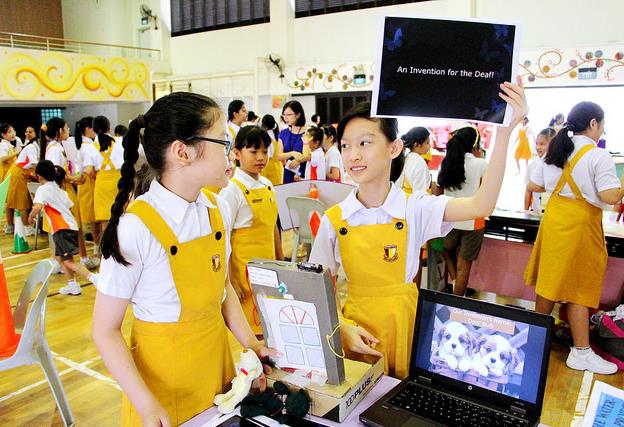
“My guiding philosophy is that you’re never too young to make a difference,” said Ms Gidwani Poojalal, 32, Subject Head of Citizenship Education, who drives the Values-in-Action (VIA) programme at Haig Girls’ School. All students, from Primary One to Primary Six, learn to do their part to make a difference to the community.
In fact, Ms Gidwani herself would also be considered a relatively young teacher with five years of experience. Two years ago, she was tasked to expand the VIA programme to all levels in her primary school, as it only involved the Primary Six students then.
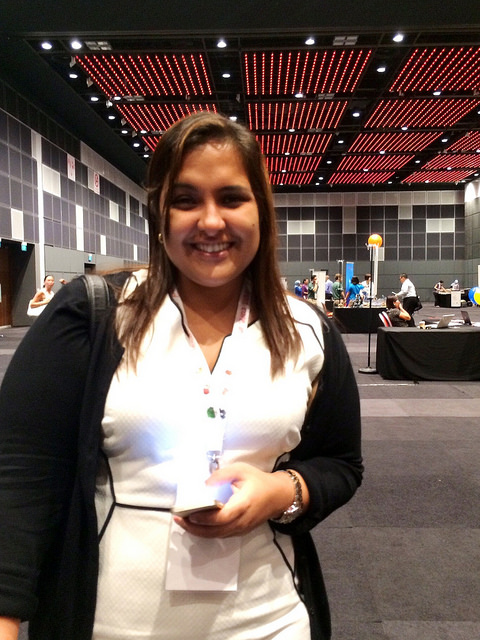
“I am confident that we can turn our relatively young teaching force into a source of strength. I have met many energetic young teachers with a strong passion for education, deep values, and a deep desire to learn and grow,” said Education Minister Heng Swee Keat at the 7th Teachers’ Conference on 3 June 2014, where teachers gathered to share and learn about values education.
Tapping on the Inherent Strengths of Youth
One can say that Ms Gidwani’s confidence in her young charges stems from a perspective of her own youth. She might be less experienced, but to her, youth can be an advantage.
“I didn’t have perceived notions of what was expected and I was free to push the boundaries and explore,” said Ms Gidwani.
She was given the creative space to brainstorm for VIA project ideas with fellow teachers. Support from more senior teachers and her principal, Mrs Constance Loke, was also a source of motivation. They challenged her to think of new possibilities and refine the ideas.
“I really wanted to make learning interesting and fun,” said Ms Gidwani.
Opening Windows of Opportunity
Believing that students are able to do their part for the community, Ms Gidwani and the team of teachers worked to expose their students to various social issues and challenged them to respond appropriately.
Primary One students would visit the Singapore Zoo to learn about conservation and write a storybook about helping animals. At Primary Two, they learn about our multicultural society and appropriate etiquette when visiting a Chinese, Malay or Indian household.
Awareness and advocacy is the focus for younger students, but as they mature, Primary Five and Six students are challenged to put values into action.
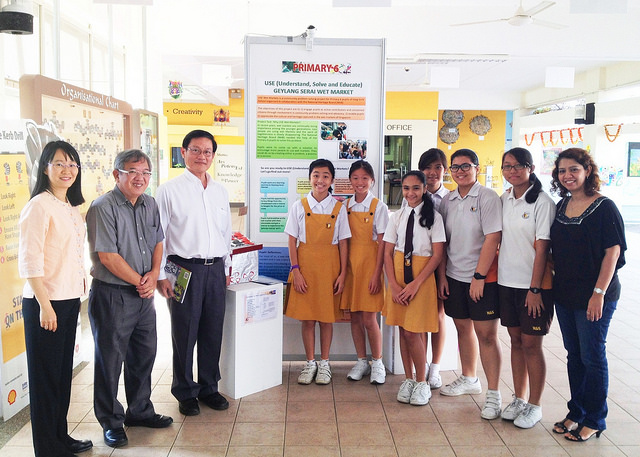 As one group of students brainstormed ideas to preserve the Geylang Serai Wet Market, they realised that they needed to persuade a younger generation of grocery shoppers to patronise it more often. One might wonder, what can a group of kids do to influence such a social shift?
As one group of students brainstormed ideas to preserve the Geylang Serai Wet Market, they realised that they needed to persuade a younger generation of grocery shoppers to patronise it more often. One might wonder, what can a group of kids do to influence such a social shift?
Their idea was to make the crowded and bustling wet market more “user-friendly”. The students suggested putting up signs, such as “Poultry”, “Seafood” and “Vegetables” to direct grocery shoppers, similar to those that are seen in supermarkets. Their simple, but most practical and effective idea, was supported by the National Heritage Board and was implemented in the wet market not long after it was proposed.
After a visit to the Singapore school for the deaf, another group of students applied their knowledge of science to create a light on a door that would be switched on for five seconds before the door opens. They were concerned for students who were accidentally hit by doors that swung open suddenly, because of their lack of hearing.
“(The VIA projects) were very fulfilling for our students,” said Ms Gidwani, “And it’s very fulfilling for me to see the students benefit from these real-life experiences of learning.”

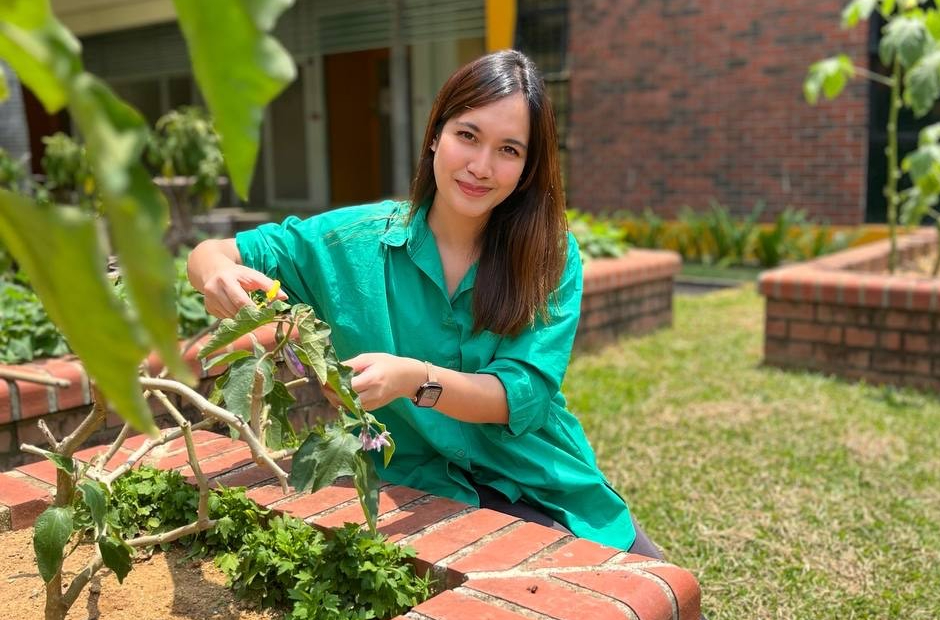
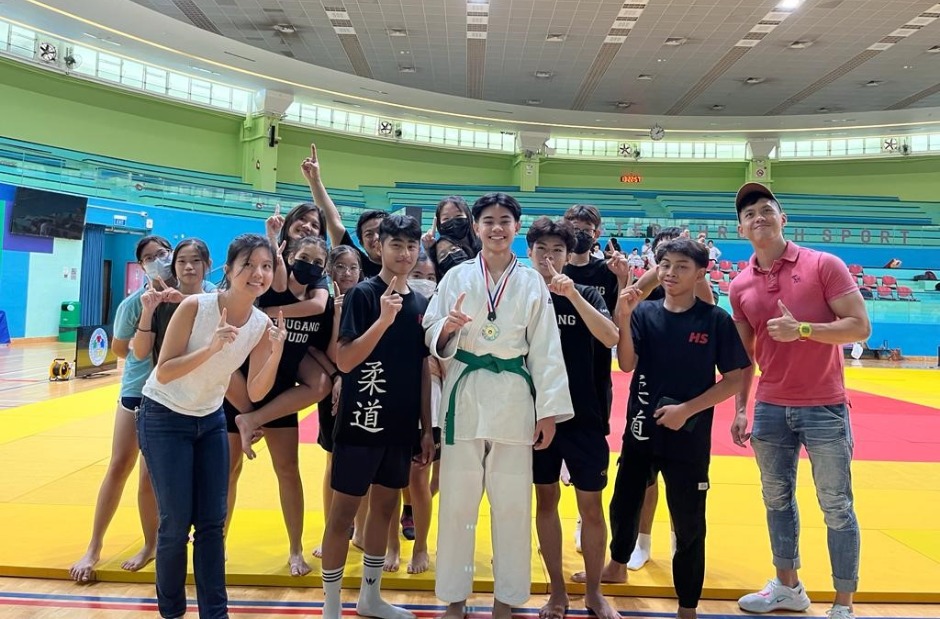
.jpg)
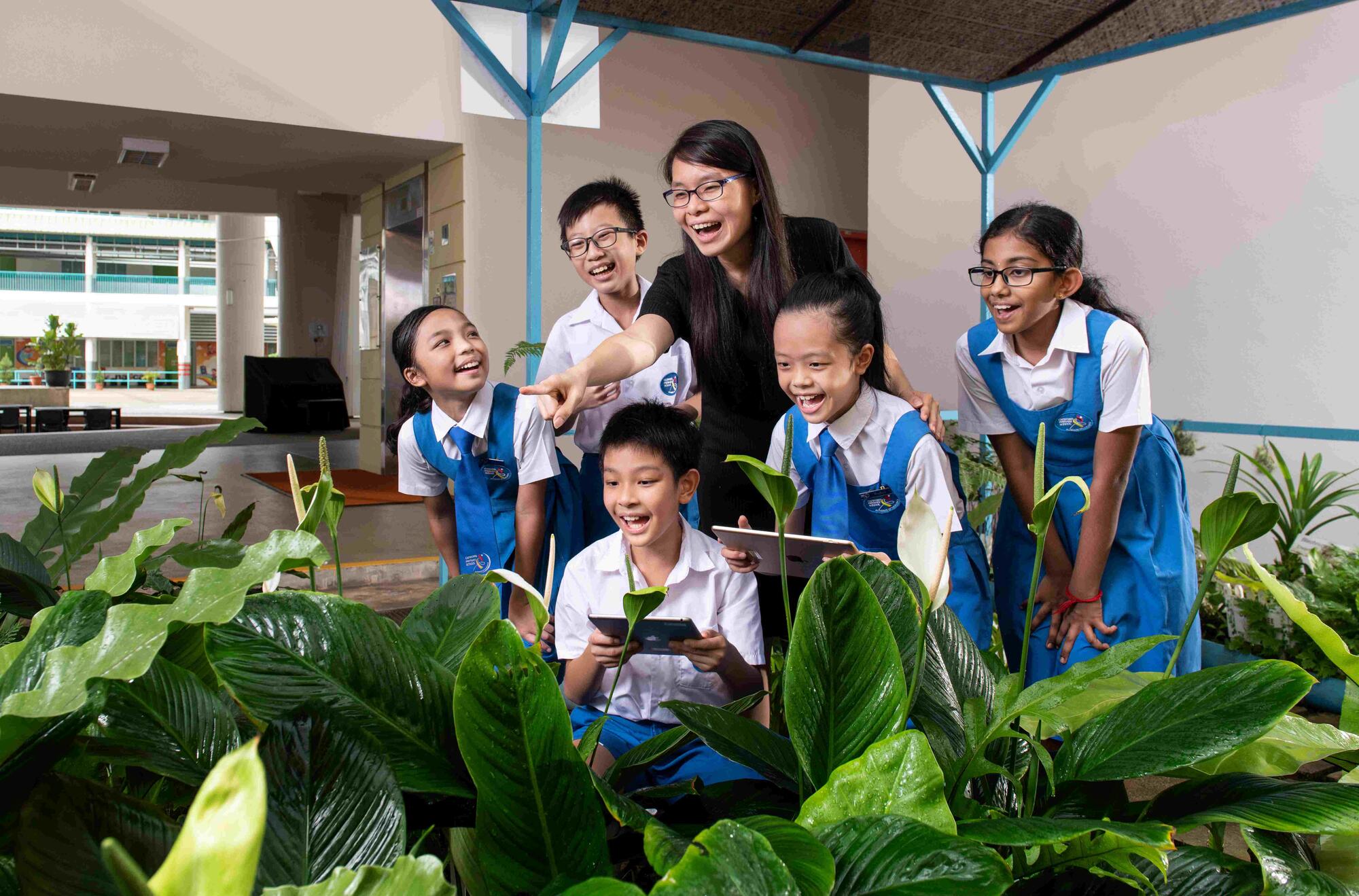
.jpg)